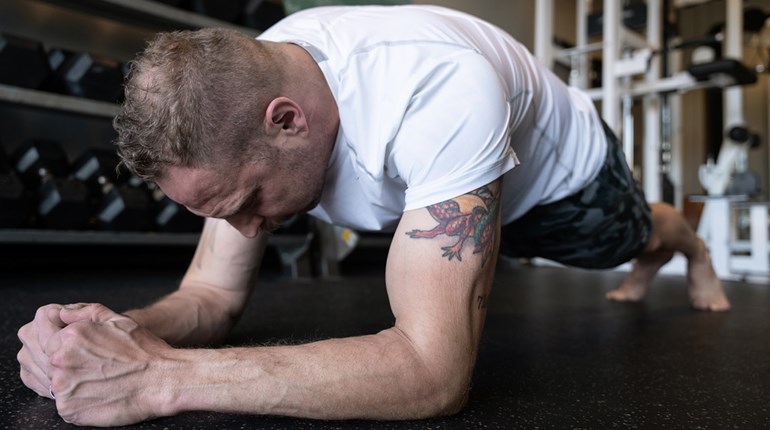
I remember my first turkey hunt. The Missouri turkey population had finally taken hold and was just starting to flourish. Because of the small number of birds in our area when I was very young, I had no "expert" turkey hunter to learn from. I had my dad, Glen Roux, to teach me the proper ways to deer hunt. Grandpa Guy showed me the value of a beagle on a rabbit track. But there was nobody to follow into the timber after the wild turkey.

These days, this story is repeated regularly. I cannot begin to count the number of teenagers and adults that come to my seminars or see my shows and write me letters, who indicate that they are beginner turkey hunters. Many times, the answers they seek and the advice they need are very similar. The troubles that "green" turkey hunters face are often common problems. The good part for those guys is the assurance that all the "pros" went through this same educational process at some time.
Outdoorspeople who decide to start turkey hunting now have a great advantage over me and the way I got started. The amount of literature and the number of experienced turkey hunters who would share their knowledge to the public were very limited. There was not a Brad Harris or a Ralph Duren for me to listen to when I was learning. Turkey hunting just had not evolved into the totally popular sport that it is today. This was due, for the most part, to the low turkey population.
Over the past few years, I have had the opportunity to take a couple of friends on their first turkey hunts and helped them get their first gobblers. Michael Yotter and Dan Hood are now obsessed with turkey hunting, and I would not have it any other way. As I learned turkey hunting in the late '60s, I might hear one gobbler a day and hopefully get one shot a year. Now I have enough confidence in not only my skills, but in the certainty of knowing how many birds are out there, that I can call in one or two birds per morning. This practical experience has no substitute for turkey hunters of all seniority levels.

In this educational process—or any other for that matter—apprenticeship is much better than self-instruction. If you are just getting started and can find a veteran, a hunter who has already "paid his dues,” who will let you tag-along and observe, you can learn much quicker. By watching, you can learn to avoid the common mistakes that cost me birds in my early days as a wannabe turkey hunter.
Pre-season scouting is something dedicated turkey hunters swear by. Many things can be determined by these early trips into the woods. Watch your pro looking for sign. Scratching and roost trees can be very significant. He may show you turkey droppings and teach you the difference between hen and tom sign. He may take you out early enough to listen to gobbling. Charting gobbler roosts and gobbling patterns before the season can help you estimate not only gobbler density but possible strut zones as well. Knowing where your bird wants to spend his morning is very helpful.
When the game starts, listen to the entire conversation. Do not concentrate so much on the calling that you ignore what the gobbler is saying. A good caller will let the tom dictate the conversation. You may call much more or much less than your bird, but his mood helps you make that decision. All too often hunters place too much emphasis on calling. Good woodsmanship and knowledge of the bird are much more important in turkey hunting than calling.
Observe the way your mentor conceals himself from your prey. Learn his camouflage preferences and find out why he chose them. Watch for tricks like using decoys or locator calls. As you document all of these different pieces, begin to put the puzzle together to better increase your understanding of the entire process. Remember, no matter how much fun you are having, you are there to learn. Do not waste an opportunity that I would have given my eye teeth to have had. Most of all, be gracious. You cannot buy what you have just been given.



































